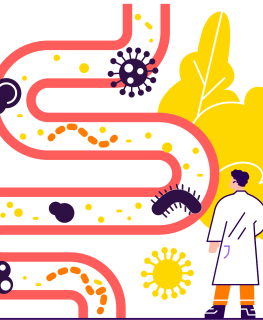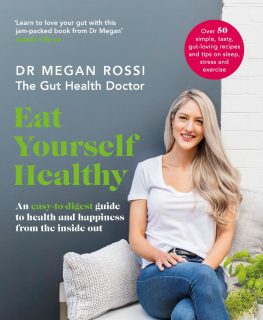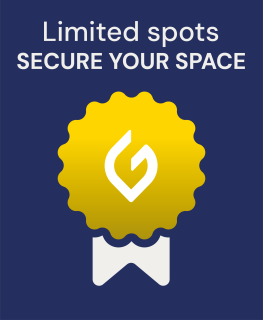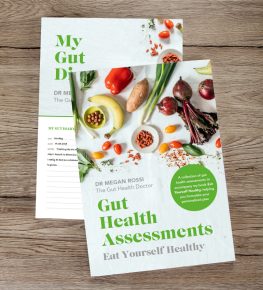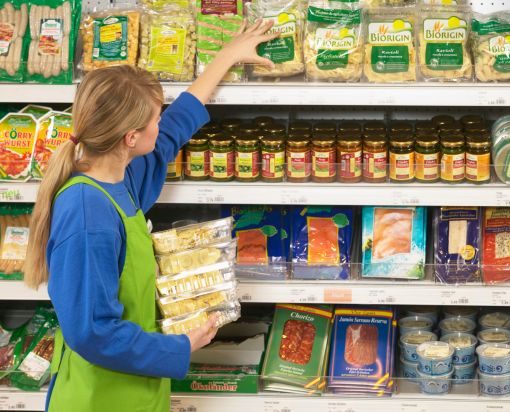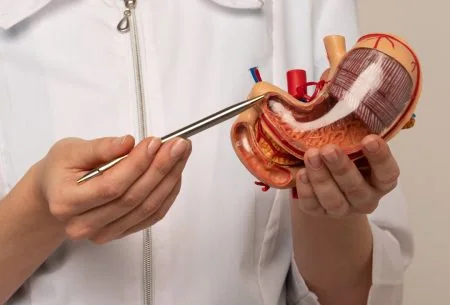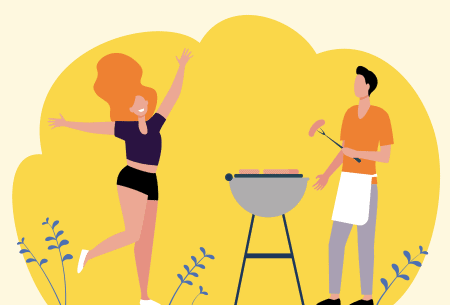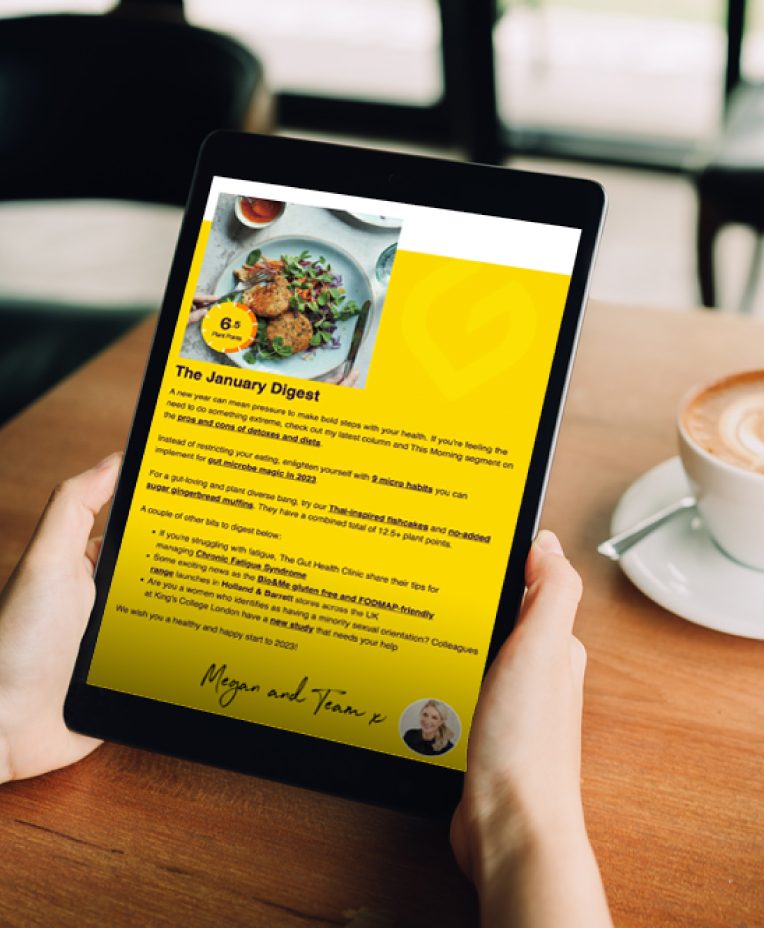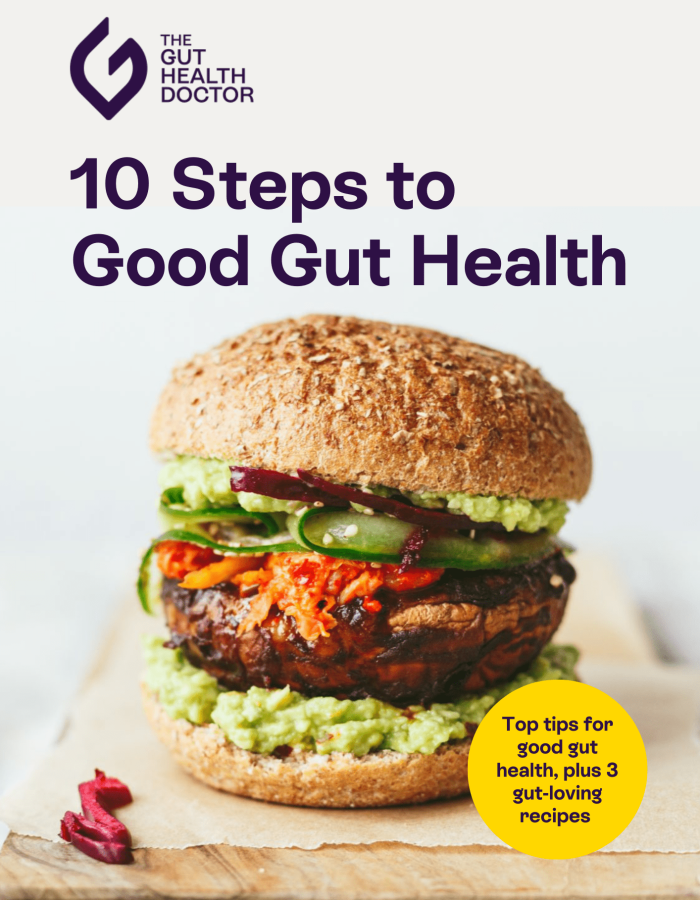Ultra processed foods (UPF) have had a lot of negative media attention in the last month. But is it really necessary and feasible to cut them all out? Do we even know what foods are ultra-processed and is there a ‘safe’ amount?
With busy lives it can be easy to rely on UPF to save time and money, but how are they affecting our gut health? In this blog we will discuss this controversial topic and help to guide you on how much UPF we should consume for optimal gut health.
